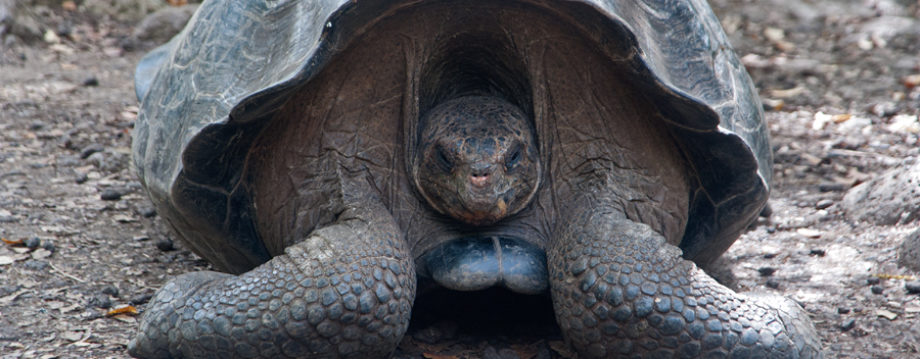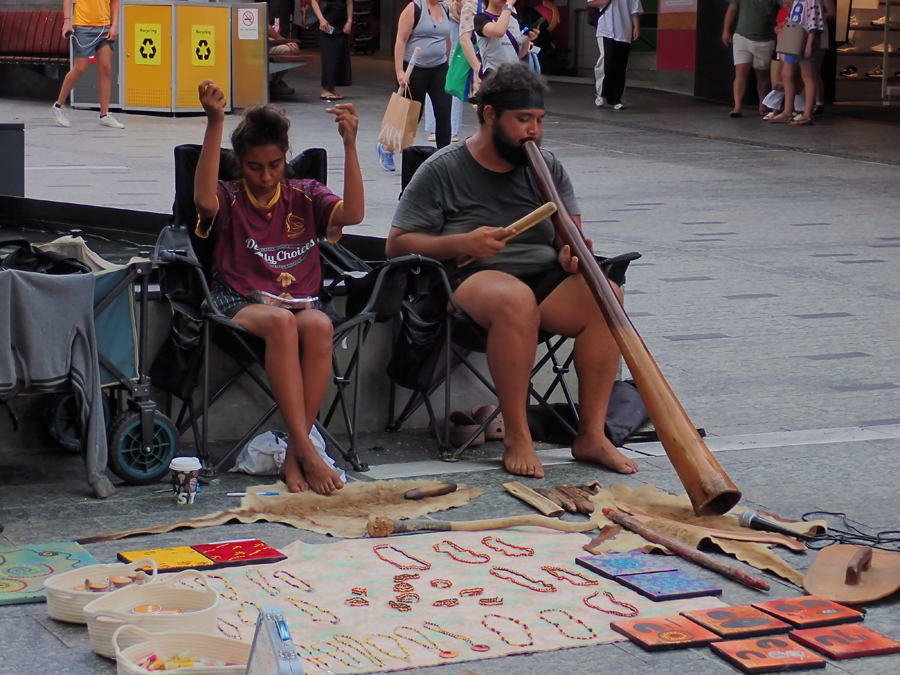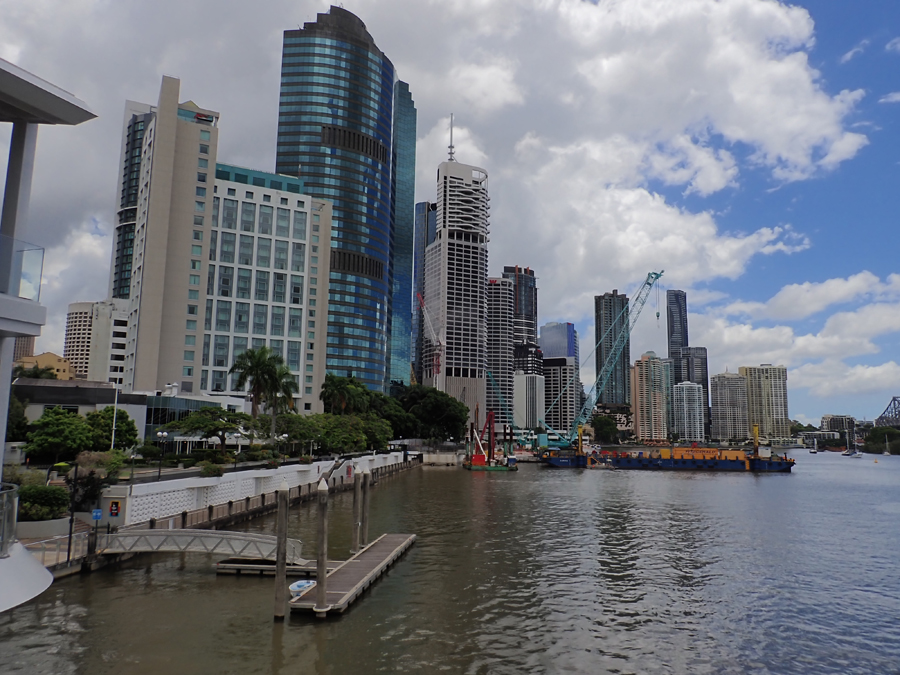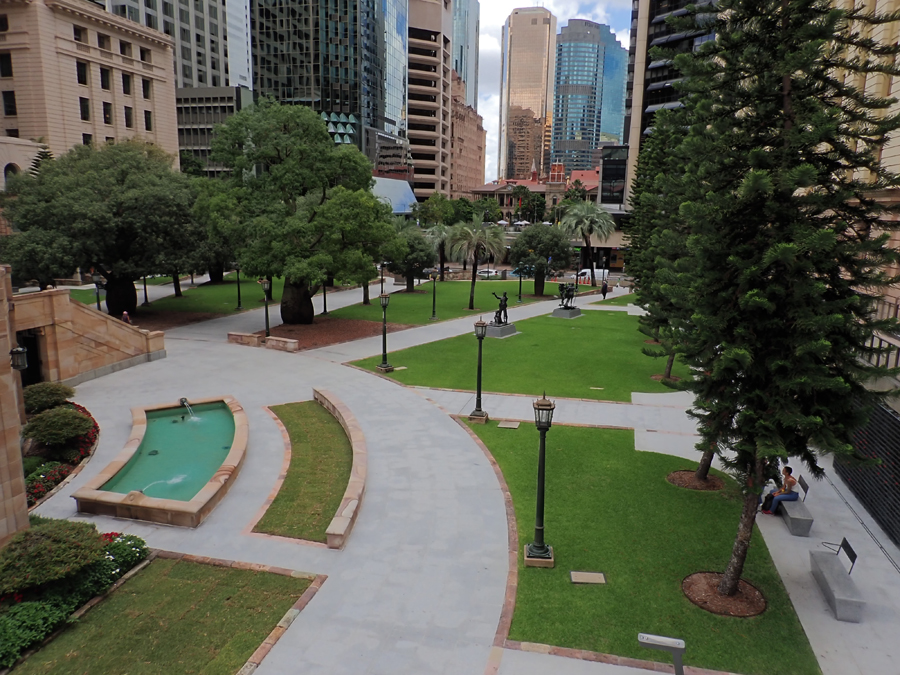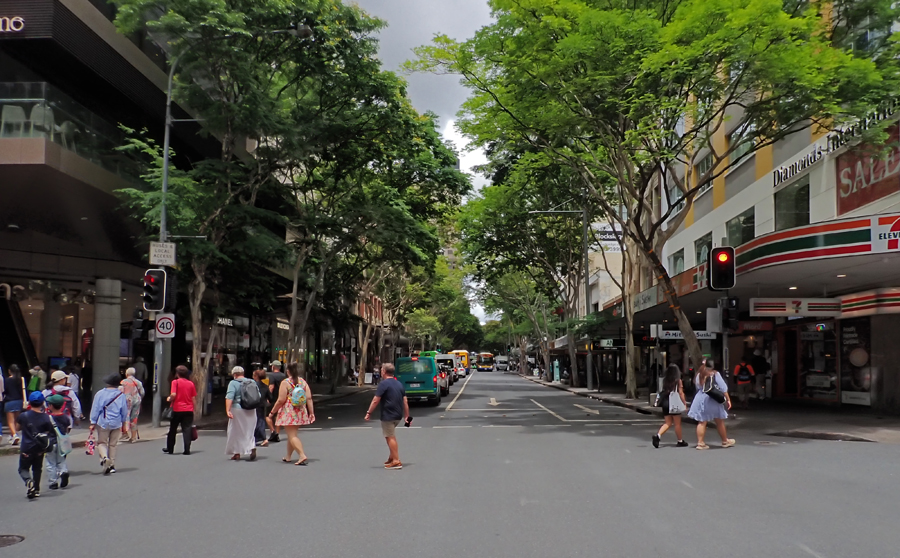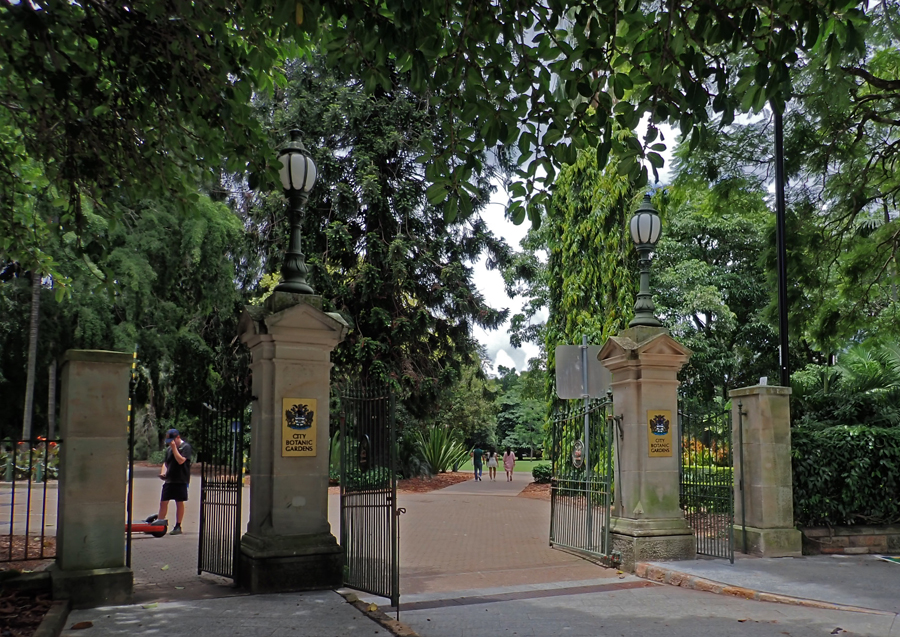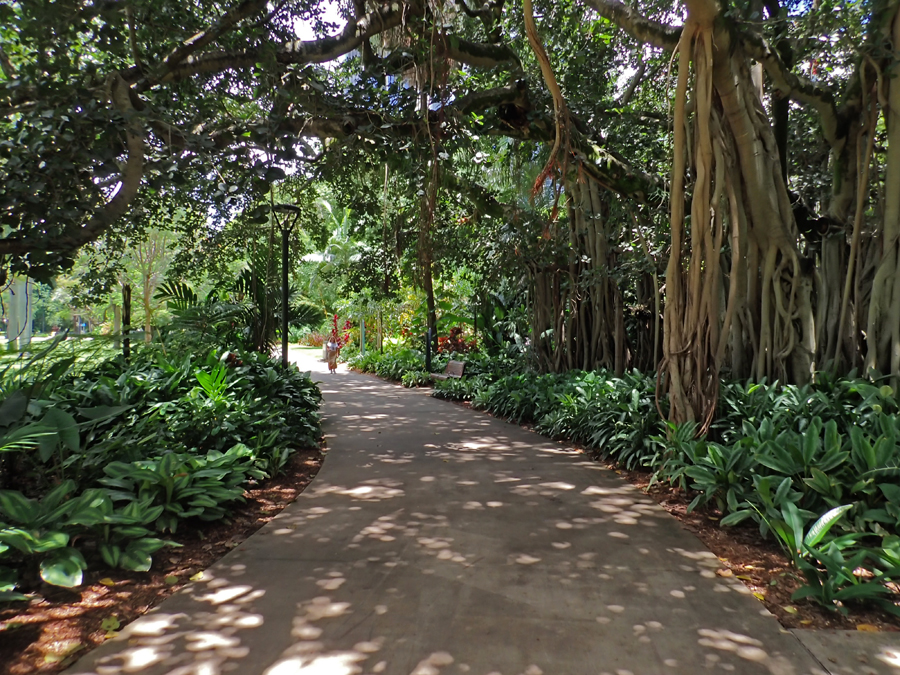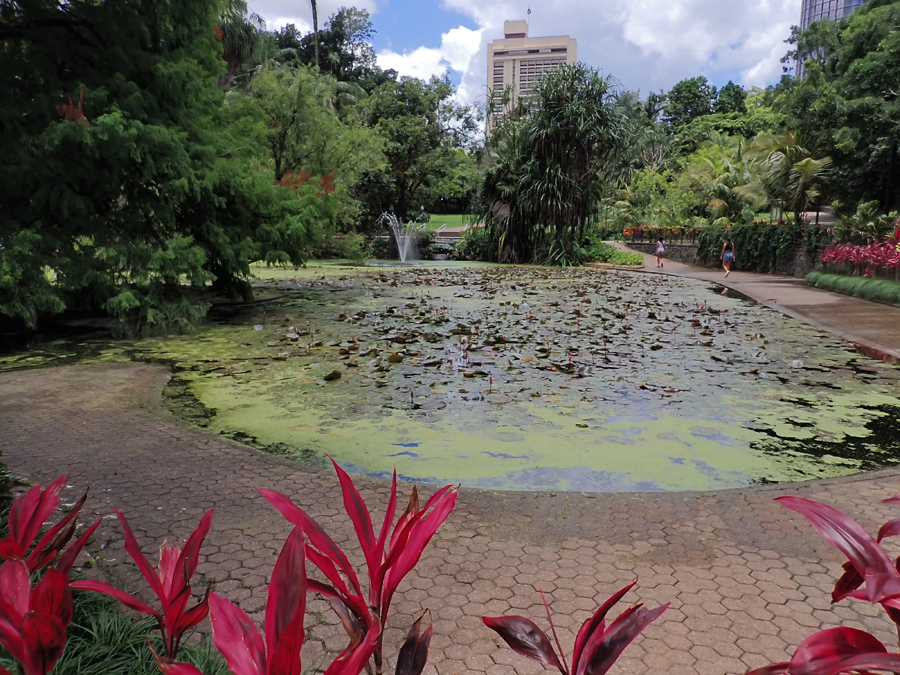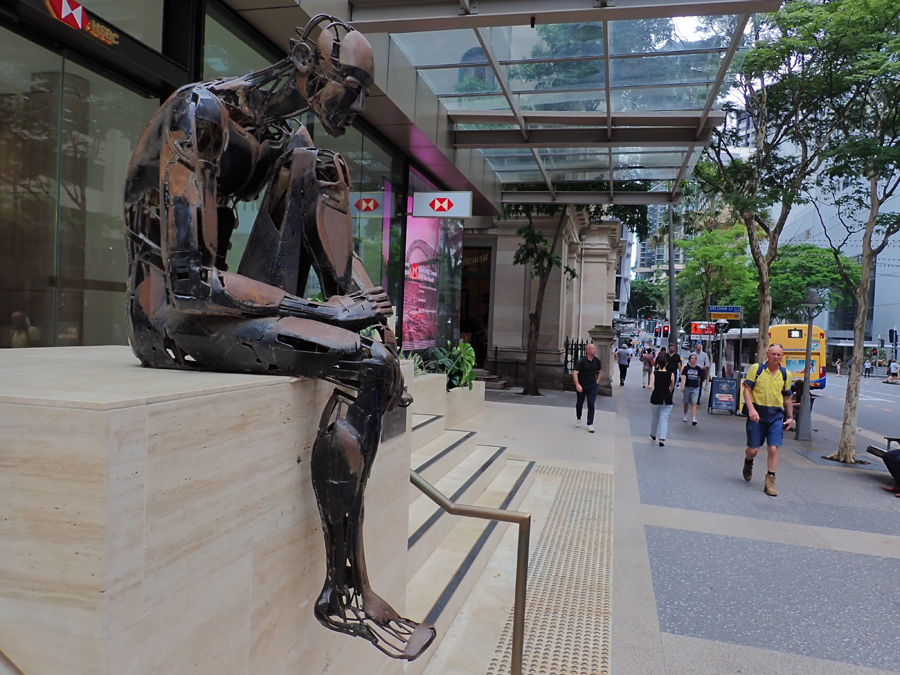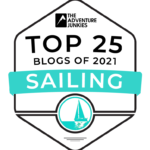We are in a bit of a ritzy area. There are a ton of homes located on canals with large boats behind them. Over the holidays, the private piers were decorated and as we passed over a bridge, we were treated to rather pleasant festive views. Because we are in a nice area, things tend to be trendy and new.
What do we think of Australia, so far? We are asked this question a lot from Australians. It is one of the first things they ask if starting a conversation and realize we have foreign accents. The quick answer is, we love it. They might not like the reasons why.
I’ve quickly learned not to say to Australians that their country reminds me of the USA. It seems like when this comparison comes out of my mouth it might be received as a bit of an insult judging from facial expressions. Australians like to think they are very different and unique. And, while this is true to some extent, there are a host of similarities and influences from the United States. My take on Australia is it is 70% USA with a twist of British.
Much like the USA, Australians like big things. They drive big cars or trucks. SUVs dominate the roads, McDonalds, Kentucky Fried Chicken, Domino’s Pizza, Hungry Jacks (Burger King), big box stores, chain supermarkets etc. are dominant. We’ve even been shopping at Costco here. To be honest, there are times when I actually have to remind myself that I am not in the USA but am in Australia. This usually happens when we hear somebody talking and it catches us a little bit off guard. I think, oh that’s and Australian accent and then the penny drops. Other than driving on the left, when driving about in our car, it feels very American.
Now, this next observation is not intending to imply anything. So, don’t read between the lines. I find Australia very white. We have traveled on our boat for almost ten years now and most of the places we’ve visited have darker skinned people. That is except for here and New Zealand. Both have a bit of an Asian influence but there are very few dark skinned people. It is taking some getting used to. That, and seeing people with blonde hair again. For once, we are not the palest people walking down the street.
There are some very good things here that have long become lost in the USA. The first thing that comes to mind are manners. People here seem rather polite. This is nice. They are chatty and we often have someone start a conversation with us out of the blue. We are really enjoying being able to speak the language and at the same time having friendly random conversations. Staff in businesses will generally chat with us even if other customers are waiting. And, we don’t feel the hustle and bustle that we used to feel in the USA. This might exist in the larger cities here but, so far it is a laid-back vibe.
Like the USA, things here are very far apart. There can be vast open spaces of nothing in between cities or towns. The scenery/terrain is slow to change as one travels. Europeans tend to underestimate the size of this country and the distances needing to be traveled to get from A to B.
Also like the USA, Australia is a country with an immigrant population. You don’t need to go back very far in the family tree to find the person who immigrated. Everything has a newish feel to it.
I feel safer here in Australia compared to the USA since they don’t have mass shootings. They had one in 1996 and immediately passed legislation banning certain gun types and had a massive gun buyback campaign. They haven’t had a mass shooting since. On the other hand, the USA has one every day and most don’t even make the news.
In Australia, you don’t have to worry about some crazy person shooting at you because you accidently cut them off in traffic. Generally speaking, the people here aren’t going to kill you. They leave the killing of people up to the animals. They have some nasty nasty critters here.
Cindy has been reading about Australian etiquette. For the most part, it is things we were taught as children in the USA and UK. But, as most people our age will attest, things have changed. Perhaps not for the better. One of the things Cindy read was if an Australian is pulled over by a police car, it is considered polite and customary to exit your vehicle with your paperwork and approach the cop car (we have not been able to confirm this article). I can already hear our American readers saying, oh hell no.
It’s been a long time since I’ve set foot in the USA so, some things might have changed so forgive me if you think I am behind the times. In Australia, they hardly use cash. They pay for just about everything with their phone or a card. I purchased a train ticket. It was only 50¢ (about 35¢ US). I offered the ticket office a dollar coin and the agent politely informed me that no public transportation accepts cash. I put the 50¢ on my card and it felt strange. Almost everything is phone, swipe or tap.
In the stores, they will present the bill on the payment machine. If you wish to pay cash, it throws them for a loop.
Paid parking is done by an app. I have yet to see payment machines that take coins. It is not tourist friendly since the apps do not take credit cards from outside of Australia. I’m not sure where they think tourists should park. It’s not just some apps that will not take USA cards, many business sites we visit give us a degree of difficulty (we had similar issues in New Zealand – mostly at pre-pay gas stations). We have to use our Wise Card. If you plan to travel and don’t have a Wise Card, get one. They’re free.
Although it’s nice to have internet shopping again, Amazon Australia really is pathetic. During the first week of December, I ordered about 6 items. Three weeks later, only one had been delivered. One item was canceled and I was credited but later showed up. Another item was canceled and I was told it would re-ship. But, then is showed up twice, in January. We talk to Australians here and they tell us Amazon is terrible. A part of the problem is they are trying to use their own delivery service and no doubt went with the cheapest bidder.
Speaking of businesses. They really need some help here from IT people. A good portion of the medium or small businesses don’t seem to have a web presence, they will have only a FaceBook page. If they do have an independent site, there is a good chance their site doesn’t work. You’d think if you had a restaurant that putting the menu and the hours of operation online would be a good idea. At the very least, update Google Maps with the correct hours. On the plus side, at least here they speak English so we can call and ask.
On this note, we are really enjoying being back in a first-world country and having options where to buying things. When we arrive at a first world country, we often have a long list and arriving here was no different. The boat needs stuff and so do we. As I look back on our travels, I think we both agree we have really enjoyed our travels in all the countries we have visited. We have experienced many economic diversities. After many years of travel we now appreciate being in first-world countries. It is a treat to have choices of where to shop, eat, get decent healthcare, and entertain ourselves.
Speaking of eating, we are finding the food here to be pretty good. We tried Filipino food for the first time and love it. The restaurant we frequent is a small family own business run by first generation immigrants from the Philippines. Genesis, who works the front, gave us free beer on New Years Eve and we’ve quickly become regular customers.
We also found a restaurant that boasted American style BBQ. I had visions of brisket falling apart in my mouth or smoked pork falling off the bone. We were so excited to try it. Sadly, the excitement quickly turned into disappointment. On the plus side, we discovered a great little fish and chip shop nearby and it has been our go-to for this British tradition since.
We’ve also found great Chinese food, burgers, Mexican food and Thai food. I am struggling a little bit with the beer. Imported beer is hard to find. I haven’t found Newcastle Brown Ale yet, but I have found Guinness. So, I’m happy for now. Being completely unfamiliar with Australia’s beers, I’m struggling a bit. And no, Foster’s is not a popular beer in Australia. It’s a US marketing ploy. Foster’s isn’t even brewed in Australia anymore.
I know I am speaking about food a lot here. But, please understand that for the past year especially in Fiji and somewhat in New Caledonia, the food was lacking. So, we are excited when we find a place where we have lots of choices of decent restaurants and not just one or two places. The same is true with supermarkets. It is hard for us at first to not buy everything we have been craving all at once. And, finally we can purchase all the ingredients for a salad in one store in one visit.
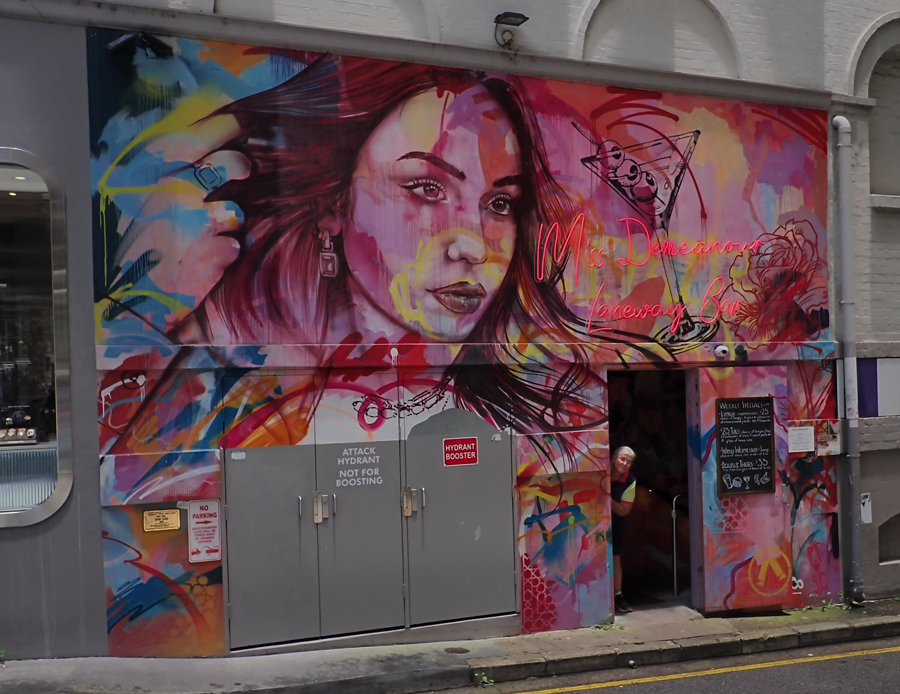
Lunch at a bar we find in a side alley – Cindy peaks out to see where I have gone as I take the pic.
I mentioned earlier that McDonalds has a big presence here. If you are like us, you tend to look at this as survival food when nothing else is open or nearby. As a matter of fact, we’ll often see a billboard advertising a McD’s just down the road on the left. We make an immediate pact to eat at whatever restaurant is on the right, instead. Most people will agree in the USA that the best fast-food burger chain is In-N-Out Burger. For me, a close second to this is Carl’s Jrs. We have one very near to us and I have rediscovered their milkshakes. Yum.
Also speaking of eating, we took a bus to Brisbane. The downtown area is known for its food scene. We decided to go just for lunch and a walkabout. Normally we’d take the train and be there in about an hour. But, there was track work going on and this required us to take a bus instead. It also meant we had to transfer busses. This can be a little bit daunting. However, the bus drivers are awesome and are more than willing to help. There is also an app. I’m not sure if it is because I am old now, but I find the app a little bit too difficult to work. It is information overload.
Public transportation is first rate here. And, I mean really first rate. You can truly get close to anywhere on a bus. Besides the fact, regardless of how far you travel, it only cost 50¢ to ride a train or bus (even if you have to transfer). The longest we’ve had to wait for a bus is 30 minutes. With the app, you can look to see when the next bus will arrive and at what time. The buses are clean and air-conditioned.
There are quite a few times when we opt for the bus or train over our rental car.
All the pictures on this post are of Brisbane, the capital city of Queensland (the state in which we are located). It is clean and modern. Yes, there are a few old buildings, like the train station, but most everything is newish looking.
Next up, we go searching for Kangaroos.
